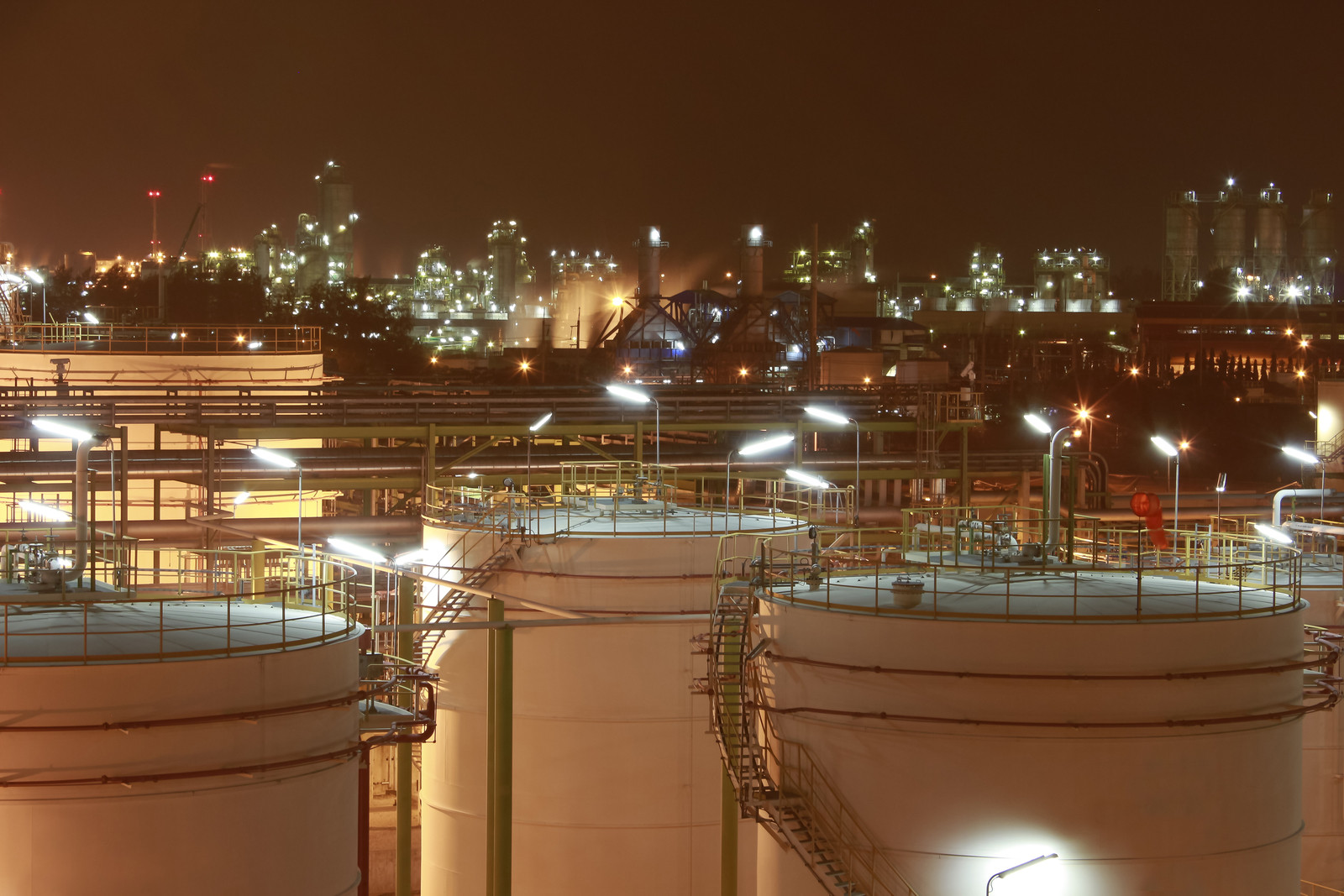
Everything You Need to Know About Electric Thermal Oxidizers and When to Use Them
Electric thermal oxidizers are an important part of many industrial and manufacturing processes. They work by burning off harmful pollutants and contaminants from the air, leaving behind a clean and safe output. But when should you use an electric thermal oxidizer, and what is the process for regenerative thermal oxidizer operation?
What is an electric thermal oxidizer, and what does it do?
An electric thermal oxidizer, or ETOx for short, is a thermal oxidizer that uses electricity to heat the air before it's burned off. This makes the process more efficient and helps to reduce emissions from the incinerator.
ETOxes are used in various industries, including manufacturing, pharmaceuticals, and food processing. They're especially useful in applications where large amounts of pollutants or contaminants need to be eliminated.
How does an electric thermal oxidizer work?
An electric thermal oxidizer works by heating air before passing through an incinerator. The heat from the electric thermal oxidizer helps break down pollutants, which get burned off in a furnace or oven-like chamber called a regenerative thermal oxidizer (RTO).
The regenerative thermal oxidizer operation process is similar to that of a standard thermal oxidizer. The main difference is that the RTO has a built-in furnace that helps to break down pollutants and contaminants.
The electric thermal oxidizer works in conjunction with the regenerative thermal oxidizer to create a more efficient and environmentally friendly system.
When is the best option to use ETOx over other types of oxidizers?
Electric thermal oxidizers are most commonly used in applications with a high volume of pollutants or contaminants. They're also useful in industries with strict emissions regulations, as they can help reduce harmful gases and particles from the air.
Other types of oxidizers, such as catalytic oxidizers or regenerative thermal oxidizers, maybe a better choice if you're working with light gases like benzene or hydrogen sulfide. The electric thermal oxidizer will only break down organic compounds and pollutants so that it won't work well for these types of contaminants.
What are the benefits of using an electric thermal oxidizer?
An electric thermal oxidizer has many advantages over other types of thermal oxidizer incinerators, including:
- Higher efficiency and lower emissions. ETOxes can be up to 95 percent efficient at breaking down contaminants in the air. This makes them an excellent choice for industries with strict regulations on gases emitted into the atmosphere by industrial processes or manufacturing plants.
- Reduced operating costs. The electric thermal oxidizer doesn't require expensive fuels like natural gas or propane, which helps keep your running costs down.
- Increased safety. Electric thermal oxidizers are a closed system, meaning that there is little chance for harmful pollutants to escape into the atmosphere. They also have built-in safety features that help to prevent fires or explosions.
- Reduced environmental impact. The electric thermal oxidizer helps reduce the number of pollutants and contaminants released into the air, which can positively impact the environment.
How much will it cost to install an electric thermal oxidizer?
Installation costs for electric thermal oxidizers vary depending on the size and complexity of the system. However, in most cases, it will be less expensive than installing a standard thermal oxidizer or catalytic oxidizer. Contact your local ETOx supplier to get an estimate for your specific application.
Are there any potential drawbacks to using this type of oxidizer?
The electric thermal oxidizer has many advantages, but it also comes with some potential drawbacks that should be considered before making your final decision. These include:
- Operating costs will increase slightly due to the electric power needed for operation. This can offset savings from reduced fuel consumption and lower emissions levels, so you'll need to consider how much power you'll need to run your electric thermal oxidizer.
- The electric thermal oxidizer will only break down organic compounds and pollutants, so it won't be effective at removing other types of contaminants from the air. This means that if you're working with benzene or hydrogen sulfide, for example, then an electric thermal oxidizer may not be the best option for you.
- The electric thermal oxidizer is a closed system, meaning that it requires regular maintenance to keep it running at peak efficiency. This can add to your overall cost of ownership.
If you have a lot of hazardous waste that needs to be disposed of, ETOx may be the solution for you. These units effectively remove toxic chemicals from your environment and can also help with compliance issues. Whether you need them for environmental regulatory requirements or want to eliminate excess inventory without breaking the bank, these units could work well for your facility. As you can see, there are many benefits of using an electric thermal oxidizer.



























